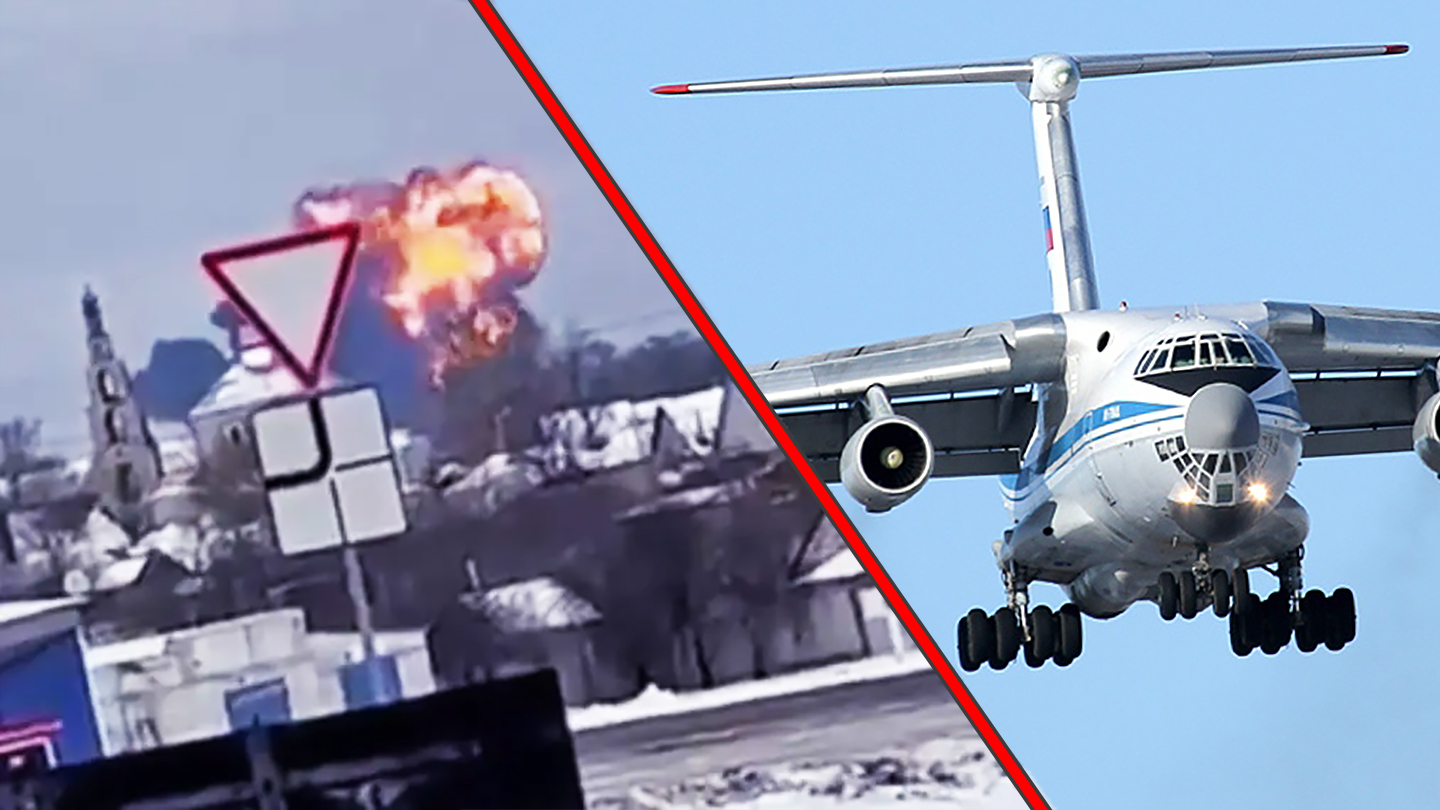Details are still very limited, but a Russian Ilyushin Il-76 Candid transport aircraft crashed today in the Belgorod region in the west of the country, bordering Ukraine. Unconfirmed reports from Russia and Ukraine claim that Ukrainian air defenses were responsible for bringing the aircraft down, but that cannot be independently verified at this stage. Russia, for its part, alleges that the aircraft was carrying Ukrainian prisoners of war when it was deliberately brought down. Ukrainian officials have cast doubt on this claim but admit that a PoW exchange had been planned for today.
Videos and photos of the incident appeared on social media earlier today. Footage shows the Il-76 in a steep, banking dive, already on fire. Moments later it impacts the ground, and a large fireball erupts from the crash site, followed by thick black smoke.
Photos and videos have also begun to emerge showing the crash site.
Russian media reports indicate that the aircraft came down near the village of Yablonovo in the Korocha district, immediately northeast of the regional capital, the city of Belgorod, around 11:00 am local time. Regional governor Vyacheslav Gladkov said that the aircraft “fell in a field near a populated area,” but there has been no word on any casualties on the ground.
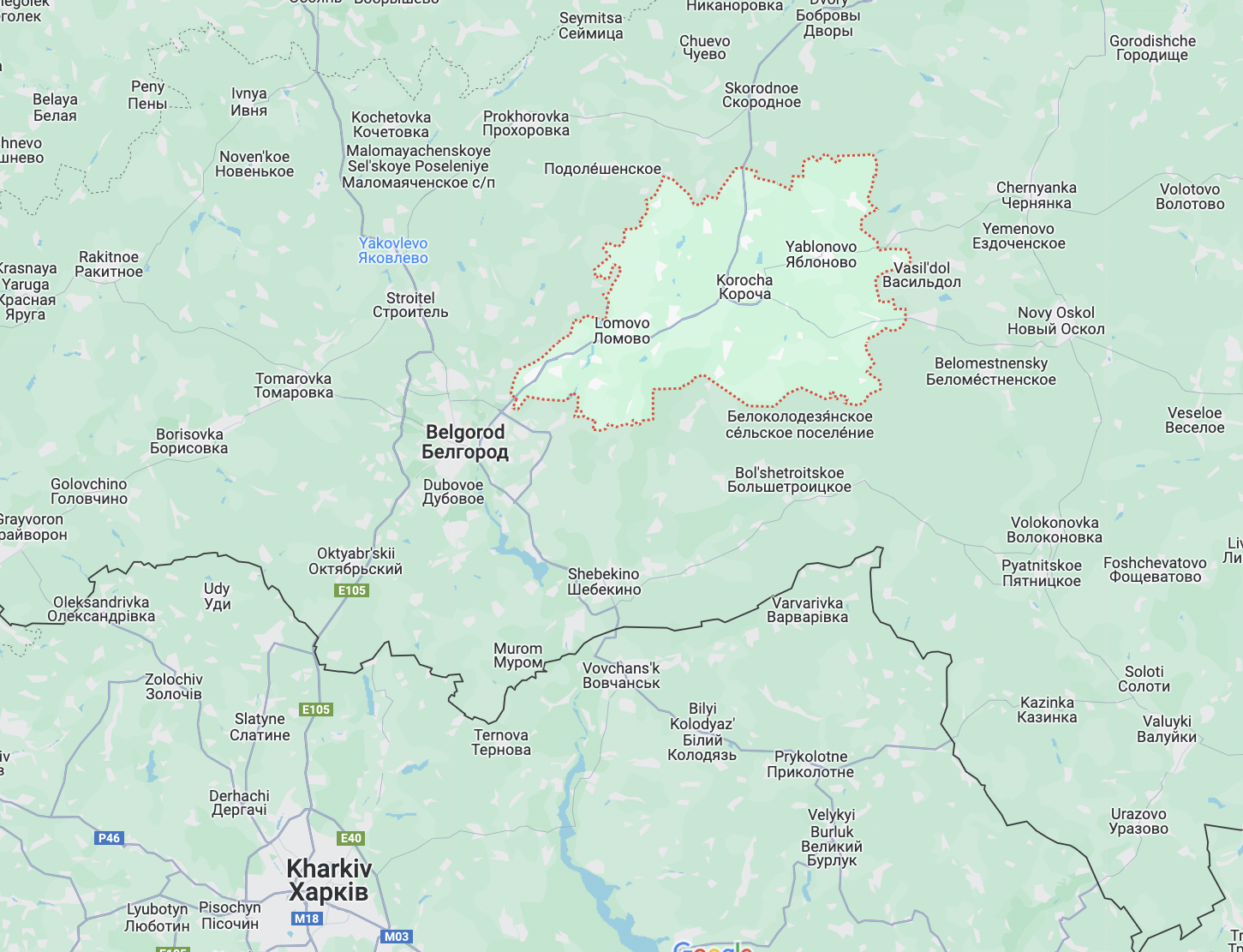
The Russian Ministry of Defense has claimed that there were 74 people on board, all of whom were killed. These allegedly comprised 65 Ukrainian prisoners of war, six crew members, and three additional personnel (apparently, escorts for the PoWs). The aircraft was said to be “performing a scheduled flight” between Chkalovsky and Belgorod when it came down. A list alleging to name the various PoWs involved has also been published; once again, its legitimacy cannot currently be confirmed, and no physical evidence of PoWs having been aboard the aircraft has been provided.
The Il-76MD, the basic military transport version of the Candid, can seat a total of 167 troops in its cargo compartment, or as many as 245 when a second deck is installed — a feature found on just a few cargo aircraft. It also has a normal crew of six (plus an optional rear tail gunner). As an alternative to troops or other passengers, it can carry over 100,000 pounds of cargo, including military vehicles, which can also be airdropped.
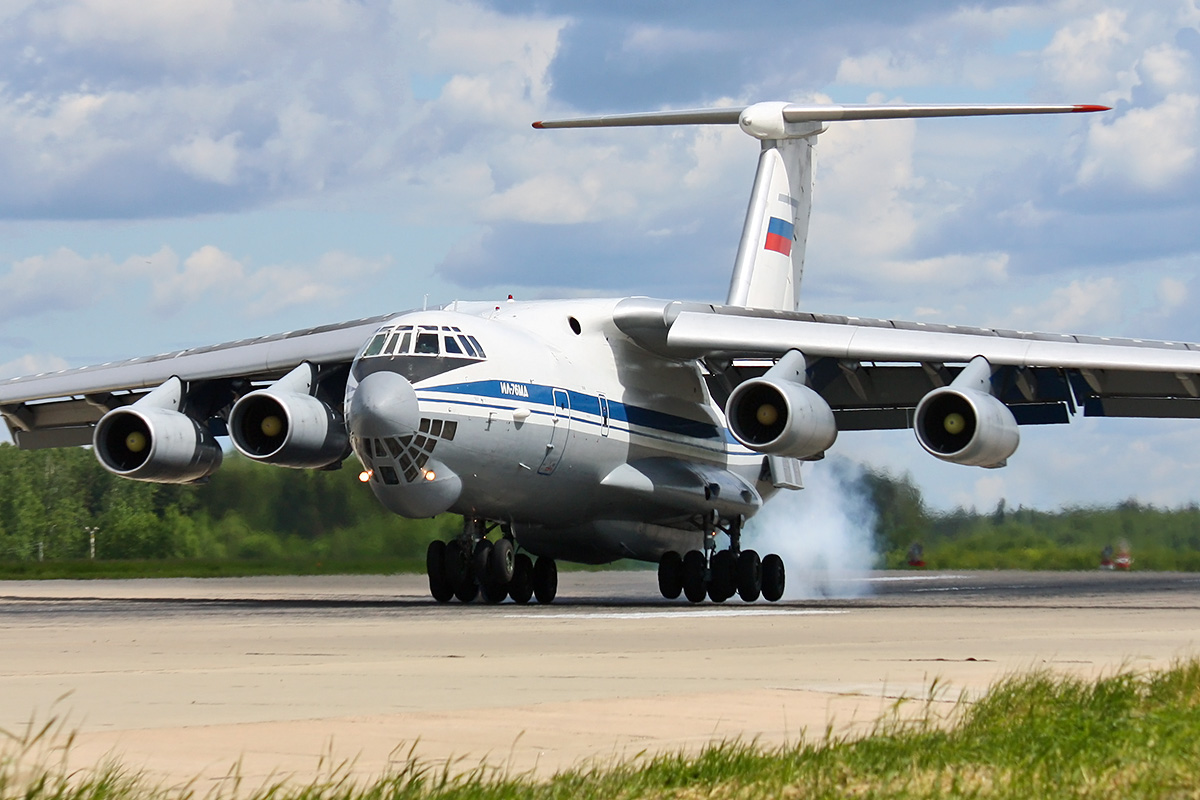
Russia claims that the Ukrainian prisoners of war were being transported to the Belgorod region before being exchanged for Russian PoWs this afternoon, at the Kolotilovka checkpoint on the Russian–Ukrainian border.
Since the start of the full-scale Russian invasion of Ukraine, there have been periodic exchanges of prisoners by the respective countries.
The Main Directorate of Intelligence of the Ministry of Defense of Ukraine, or GUR has also apparently confirmed that a prisoner exchange was planned to take place today.
However, on X, Anton Gerashchenko, an adviser to Ukraine’s Ministry of Internal Affairs, cast doubt on the Russian claims of PoWs being aboard the aircraft, claiming that Russian military bloggers have confirmed that prisoners are not normally transported by aircraft in Russia, instead being transferred using rail or by road.
Gerashchenko has also claimed that the Il-76 was flying away from Belgorod when it came down, further suggesting it was not involved in bringing PoWs there, as Russia has claimed.
Meanwhile, unconfirmed Ukrainian reports say that the aircraft was carrying missiles for the S-300 air defense system. This weapon is a staple long-range surface-to-air missile system for the Russian military, but it has also been used regularly in a land-attack role to attack targets in Ukraine.
There have been claims from both Russian and Ukrainian sources that the Il-76 was brought down by Ukraine’s air defenses. Some observers have pointed to a puff of gray smoke visible in a video of the incident as an indication that the Il-76 came under fire from a Ukrainian missile.
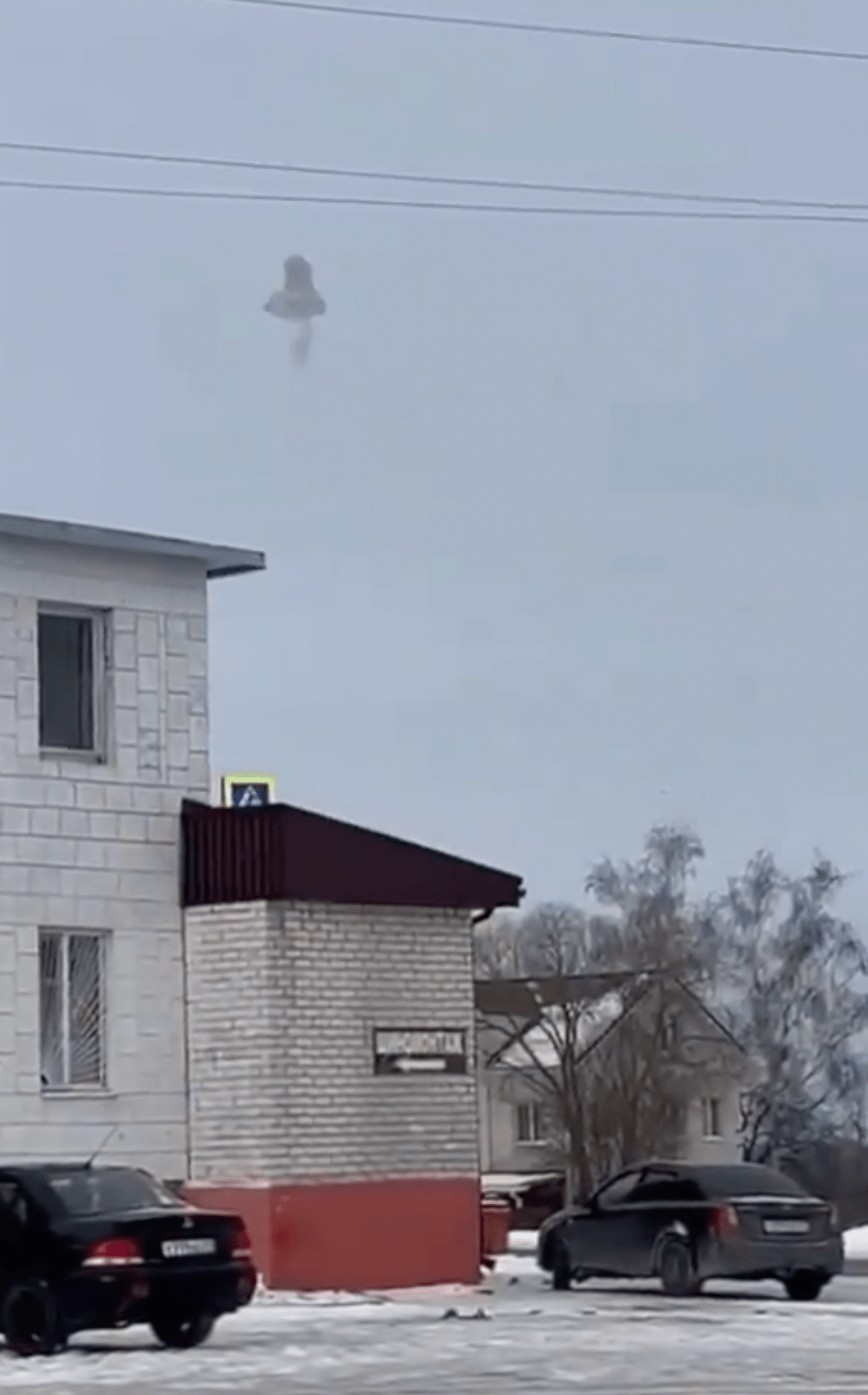
This is only a theory, for now, and cannot be verified, although it may be supported by a video purportedly showing some of the wreckage, which appears to be peppered with holes of the kind typically made by a high-explosive/fragmentation warhead of the type used by various anti-aircraft missiles.
Two senior Russian lawmakers alleged that the aircraft was brought down by Ukrainian missiles, but they did not provide evidence of this.
Andrey Kartapolov, the chair of the Russian parliament’s defense committee, said the Il-76 was shot down by three air defense missiles of a type provided to Ukraine by its Western allies.
“The Ukrainian leadership was well aware of the impending exchange and was informed of how the prisoners would be delivered,” Kartapolov told parliament.
In contrast, Kremlin spokesman Dmitry Peskov told reporters he could not yet comment on reports about the crash. “I can’t comment on the issue, it’s fairly new, fresh information, we will deal with it now,” he said.
Intriguingly, the Ukrainian media outlet Ukrainska Pravda initially cited unnamed sources in the Ukrainian Armed Forces saying that the loss of the Il-76 was “their work.” It later deleted the post.
At this stage, it remains unclear who or what the Il-76 was transporting when it went down, and why it crashed.
Anton Gerashchenko said: “[The] Ukrainian Defense Ministry cannot confirm at the moment whether the aircraft has been shot down by Ukrainian Defense Forces — information is being clarified.”
The Russian Ministry of Defense says that its radar units detected the launch of two air defense missiles from the Kharviv region of Ukraine.
“The leadership of Ukraine was well aware that, in accordance with established practice, Ukrainian servicemen were to be transported by military transport aircraft to Belgorod airfield today for exchange,” the ministry stated.
In response, Ukraine’s Coordination Headquarters for the Treatment of Prisoners of War cautioned against “spreading unverified information.”
“We emphasize that the enemy is actively carrying out special information operations directed against Ukraine, which are aimed at destabilizing Ukrainian society,” it said in a statement on Telegram.
Regardless of who or what was on board, if the Il-76 did fall to Ukrainian air defenses, it would not be the first time that a Russian military aircraft has been brought down by Ukraine within Russia’s borders.
In the most high-profile incident of this kind, five Russian aircraft were shot down last May over Russian territory after being targeted by a Ukrainian Patriot air defense system.
The Ukrainian Air Force confirmed in November that the U.S.-made Patriot system was used to destroy three Russian Mi-8 Hip helicopters, a Su-34 Fullback strike fighter, and a Su-35 Flanker multirole fighter in Russia’s Bryansk region on May 13, 2023.
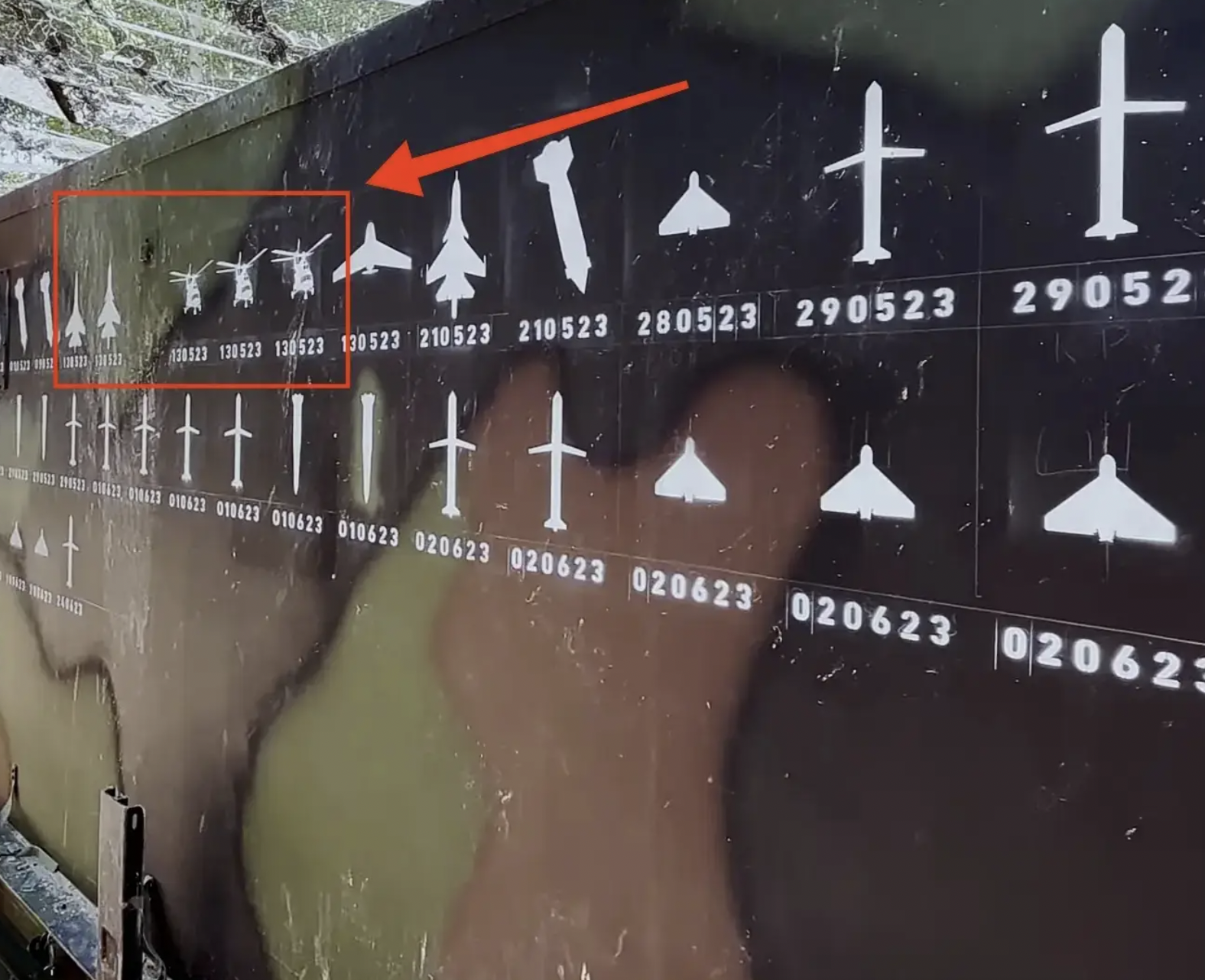
You can read more about the Patriot system, and its use in the Ukraine conflict, in these past War Zone pieces.
Earlier this month, Ukraine claimed responsibility for the destruction of a Russian A-50 Mainstay airborne early warning and control (AEW&C) jet over the Sea of Azov. In the same incident, an Il-22M Coot-B radio-relay aircraft was also badly damaged. Once again, there were suggestions that the Patriot might have been used.
There is also the possibility that the Il-76 could have been the victim of Russian ‘friendly fire.’ Various channels on the Telegram messaging app apparently suggest that there were local air alerts issued shortly before the Il-76 crashed. This could suggest that Russian air defenses were preparing to respond to an expected Ukrainian cross-border drone or missile attack and may have engaged it accidentally. The Belgorod region has come under Ukrainian attack on multiple previous occasions.
Then there is the prospect that the Il-76 came down for another reason entirely, perhaps due to a technical issue. In the past, The War Zone has looked at suggestions that, since the start of the full-scale invasion, Russian airpower has been overworked both in terms of personnel and platforms. This may well also have had an impact on maintenance standards and overall levels of safety.
With a fleet of around 100 examples, the Il-76 is the most important transport aircraft in the Russian inventory. Many of these airframes are now very old and replacement with the new-build Il-76MD-90A is proceeding very slowly. Reflecting its importance in the Ukrainian conflict, several examples of the Candid have been lost previously, including as a result of hostile action.
In August 2023, a Ukrainian drone attack against an airfield in Pskov in Russia struck four Il-76s, destroying two of them outright.
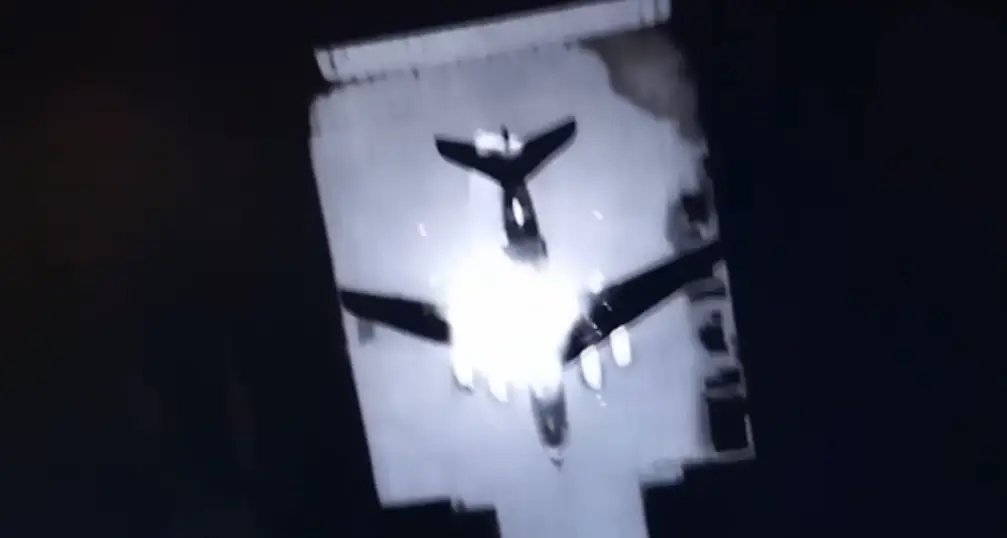
For the time being, we will have to wait and see what more information emerges about this latest incident.
Update: 1:00 PM Eastern –
A report in The Kyiv Independent states that the Main Directorate of Intelligence of the Ministry of Defense of Ukraine, or GUR has said that it wasn’t informed about the need to ensure the safety of the local airspace before the crash of the Il-76 this morning, something that would have been routine in the case of a PoW handover.
“We do not have reliable and comprehensive information about who exactly was on board the plane, or how many,” the GUR said, according to the same source.
The GUR added that Ukraine fulfilled its side of the prisoner swap.
The intelligence directorate said that the incident may have been a deliberate move by Russia to “create a threat to the life and safety of the prisoners.”
Contact the author: thomas@thedrive.com
